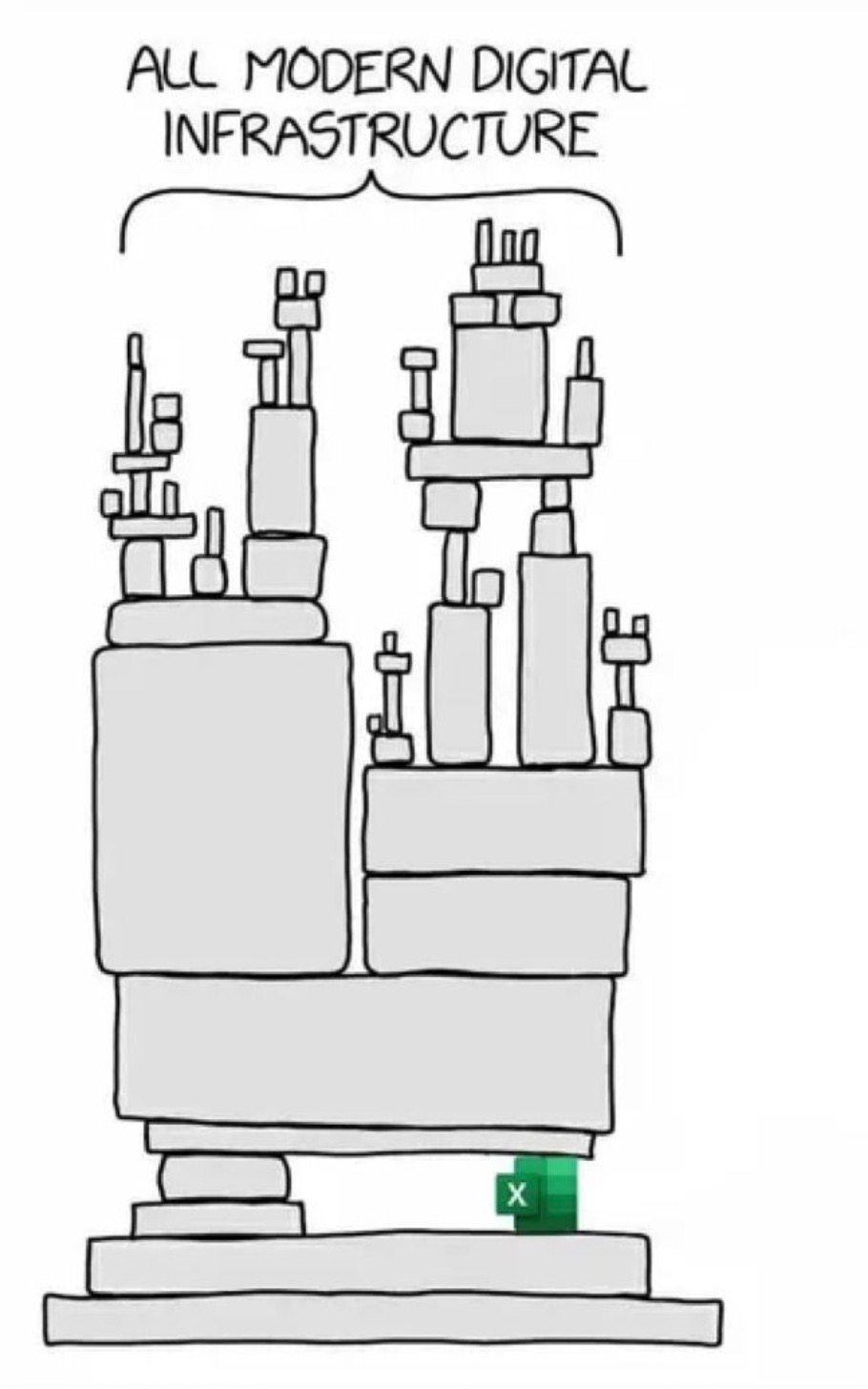
When we talk about blockbuster films, we often envisage big budgets, superhero narratives, or epic sagas. But the cinematic landscape in July, which showcased two very different contenders, proved that success goes beyond mere content. ‘Barbie’ and ‘Oppenheimer’ – two films, one surprisingly more successful than the other. The key difference? Marketing strategy and timely release.
How Barbie Beat Oppenheimer
Both ‘Oppenheimer’ and ‘Barbie’ were predicted to be major blockbusters. Yet, as the numbers rolled in, Barbie dramatically overshadowed Oppenheimer. How could a hot-pink diva outshine a historical epic? The answer lies in an astute combination of marketing prowess and impeccable timing.
Released at the same time, both movies competed for attention during the summer break – a period when students were off from school, and families were eager for entertainment. Also, people were struggling from a hot wave. That would be an awesome scenario for any film, but here is the thing – Barbie, backed by a whopping $150 million marketing budget, played its cards right. Its innovative campaigns, targeting the right demographics at the perfect time, made all the difference.
This cinematic showdown teaches us an important marketing lesson: great content alone won’t cut it. Brands and products must know when and how to engage their target audience.
PLM Marketing and Education Lesson
Barbie vs Oppenheimer made me think about how PLM plays its card in marketing, sales and education. There are roughly 1000 people on LinkedIn that mention “PLM administrator” or “PLM admin” in their LinkedIn profile. Which means they can speak PLMish. This is a very small people that affiliate themsleves This is a reason why “not so many people can speak PLMish, but many people can easy speak Excelish”. Product Lifecycle Management (PLM) is a discipline that, in theory, should garner widespread attention and implementation. It brings immense value to businesses by streamlining processes, optimizing product development, and fostering collaboration. Yet, despite its intrinsic benefits, PLM often fails to resonate with a broad audience.
The problem? I can see it is kind of “Barbie vs Oppenheimer” problem. PLM doesn’t speak to a broader audience, triggers headache to “wrap your head” around this topic and think what to do about it. Product lifecycle management is complex, contains even more complex product data management and it has very tough time to articulate the business benefits and how it can streamline business processes and product development process. Product lifecycle is too important to let it go alone, but yet companies are struggling to bring people up to speed.
Similar situation is happening with education. PLM discipline is hard. It includes a PLM system fundamental, process management, product’s lifecycle, qualify management, project management and many other discipline involved into the process of designing and building products. There are not many places where you can learn PLM as a discipline, to understand the importance and think how to bring people up to speed in everything that is related product lifecycle, PLM software, document management, supply chain management and PLM systems.
Excel is Everywhere, But Why?
My attention was caught a picture showing how every modern digital platform and technologies are always dependent on “some portion of Excel” that lays behind the scene and helps to overcome complex business processes challenges, to streamline product development process and to manage an overall product lifecycle.

Picture source (revisited): xkcd
The ugly truth is that simplicity always wins and therefore, despite large investment in PLM software and digital infrastructure, companies are “voting” Excel when start solving real problems (Note: share your stories to confirm or disagree).
Answering the question I asked about usage of Excel in product lifecycle management, I can confirm that for many companies Excel is just nicer comparing to all existing PLM software packages.
3 Steps To Improve PLM Marketing and Adoption
How to improve PLM adotpion and eliminate those “hard feeling” when asking companies to adopt PLM? Here are three critical approaches that can make PLM more universally appealing and understandable:
- Simplification: Much like how ‘Barbie’ simplified its narrative to appeal to a wider audience, PLM principles need to be broken down into digestible, relatable concepts. This means minimizing jargon, using more visual tools, and creating user-friendly interfaces.
- Educational Playbook: Knowledge is empowering. The creation of comprehensive educational materials that guide users through PLM concepts and benefits can play a crucial role in enhancing engagement.
- Integrations: In today’s digital era, compatibility and seamless integration are non-negotiable. PLM tools and platforms should effortlessly integrate with other systems and tools, ensuring a smooth user experience.
What is my conclusion?
In the world of business, as in cinema, storytelling and focus on people. Companies offering PLM solutions must craft a compelling narrative. This doesn’t just mean listing out benefits but weaving a story that potential users can relate to, one that resonates with their challenges and aspirations.
The contrasting trajectories of ‘Barbie’ and ‘Oppenheimer’ offer more than just box office insights. They underscore the need to connect, engage, and resonate. For PLM to truly shine, it needs its own blockbuster moment – a moment when everything aligns, from the message to the medium, creating an impact that’s impossible to ignore.
Just my thoughts…
Best, Oleg
Disclaimer: I’m co-founder and CEO of OpenBOM developing a digital thread platform including PDM/PLM and ERP capabilities that manages product data and connects manufacturers, construction companies, and their supply chain networks. My opinion can be unintentionally biased.











